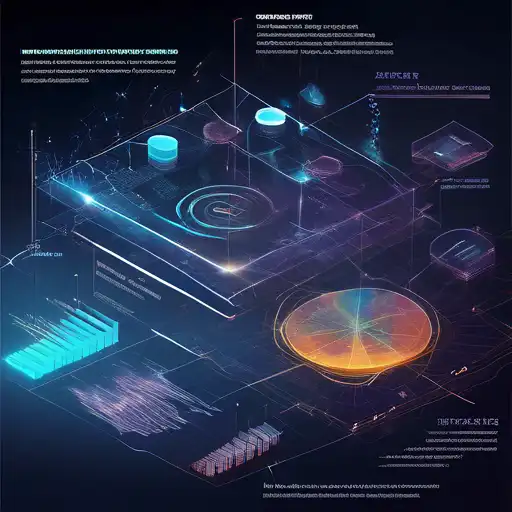Introduction to Data Visualization
In today's data-driven world, the ability to quickly interpret and act on data is a competitive advantage. Data visualization plays a pivotal role in transforming complex data sets into understandable and actionable insights. This article explores the most effective data visualization techniques that can help you unlock deeper insights from your data.
Why Data Visualization Matters
Data visualization is not just about making pretty charts; it's about making data accessible and understandable to everyone. By leveraging the right techniques, you can highlight trends, outliers, and patterns that might go unnoticed in raw data. This is crucial for making informed decisions in business, healthcare, education, and more.
Top Data Visualization Techniques
Here are some of the most powerful data visualization techniques that can enhance your data analysis:
- Bar Charts and Column Charts: Ideal for comparing quantities across different categories.
- Line Graphs: Perfect for visualizing data trends over time.
- Pie Charts: Useful for showing proportions and percentages.
- Scatter Plots: Great for identifying correlations between two variables.
- Heat Maps: Excellent for visualizing complex data like user behavior on websites.
Choosing the Right Visualization
Selecting the appropriate visualization technique depends on the nature of your data and the insights you wish to derive. For instance, if you're looking to compare sales figures across different regions, a bar chart might be most effective. On the other hand, if you're analyzing website traffic sources, a pie chart could provide clearer insights.
Advanced Techniques for Deeper Insights
For those looking to go beyond basic charts and graphs, advanced techniques like interactive dashboards, geospatial mapping, and network diagrams can offer even deeper insights. These methods allow users to explore data in more dynamic ways, uncovering hidden patterns and relationships.
Best Practices for Effective Data Visualization
To ensure your visualizations communicate the intended message clearly, follow these best practices:
- Keep it simple and avoid clutter.
- Use colors strategically to highlight key information.
- Ensure your visualizations are accessible to all audiences, including those with color vision deficiencies.
- Always provide context for your data to aid interpretation.
Conclusion
Data visualization is a powerful tool for uncovering insights that can drive strategic decisions. By mastering the techniques outlined in this article, you can transform raw data into compelling visual stories that resonate with your audience. Remember, the goal is not just to present data, but to tell its story in a way that is both engaging and enlightening.
For more insights on data analysis and visualization, explore our Business Intelligence section.
